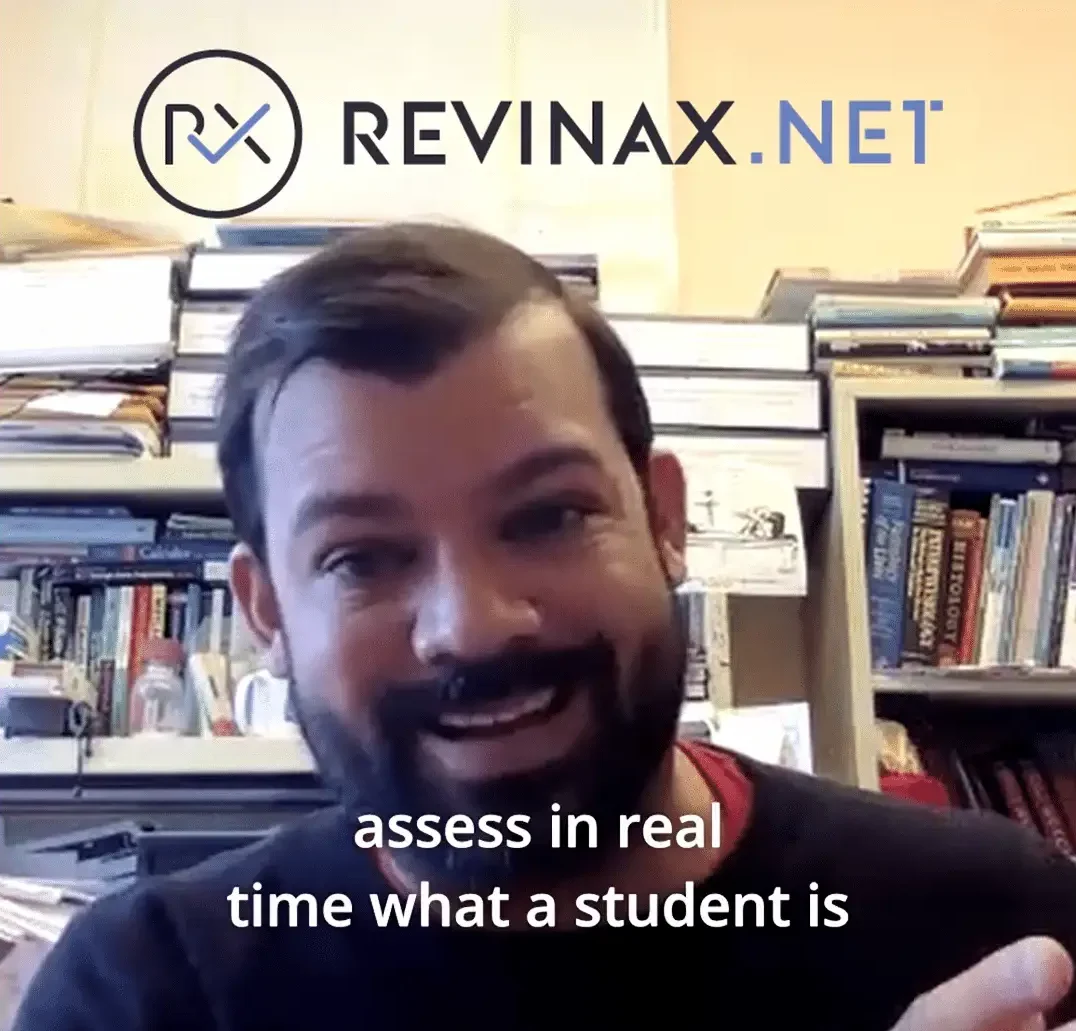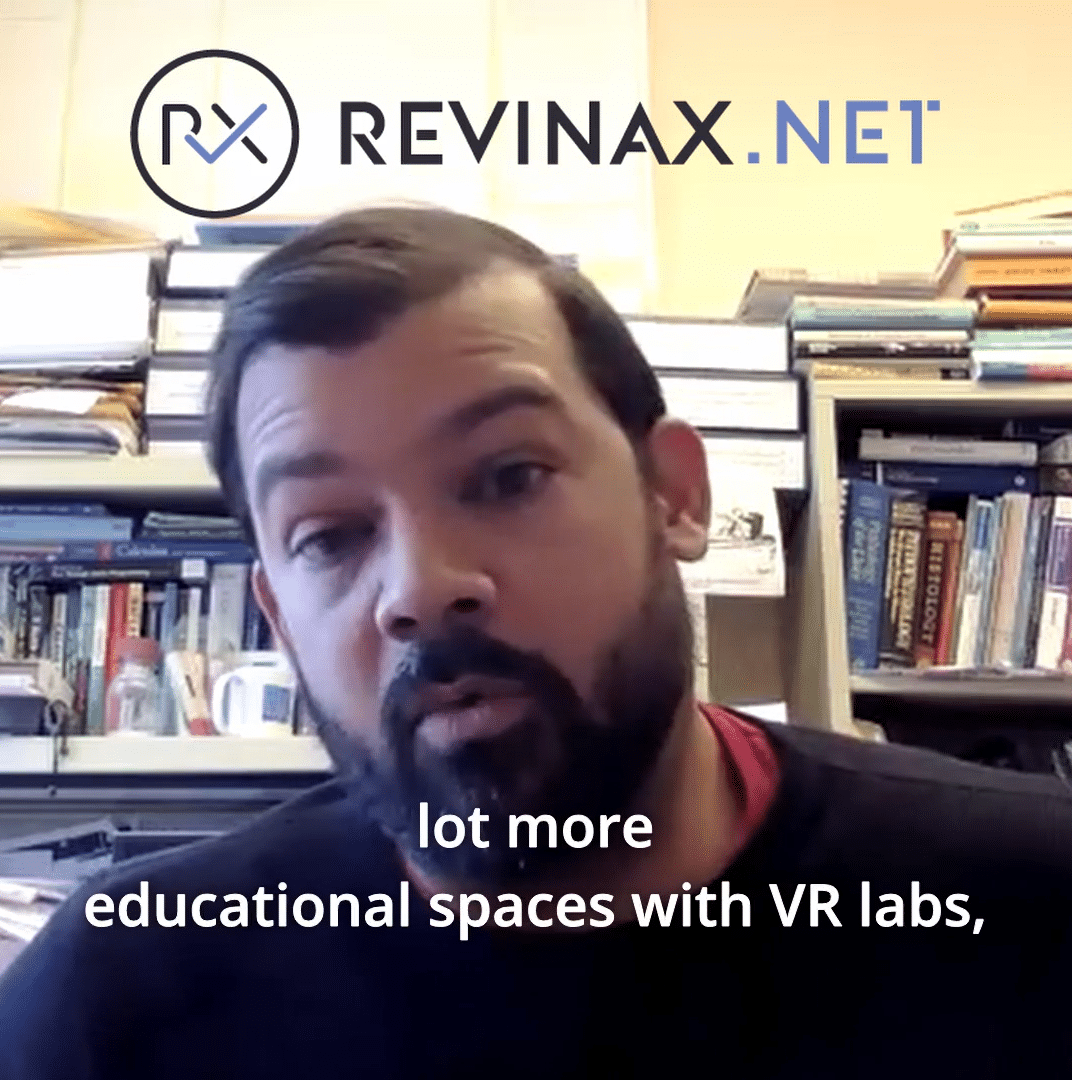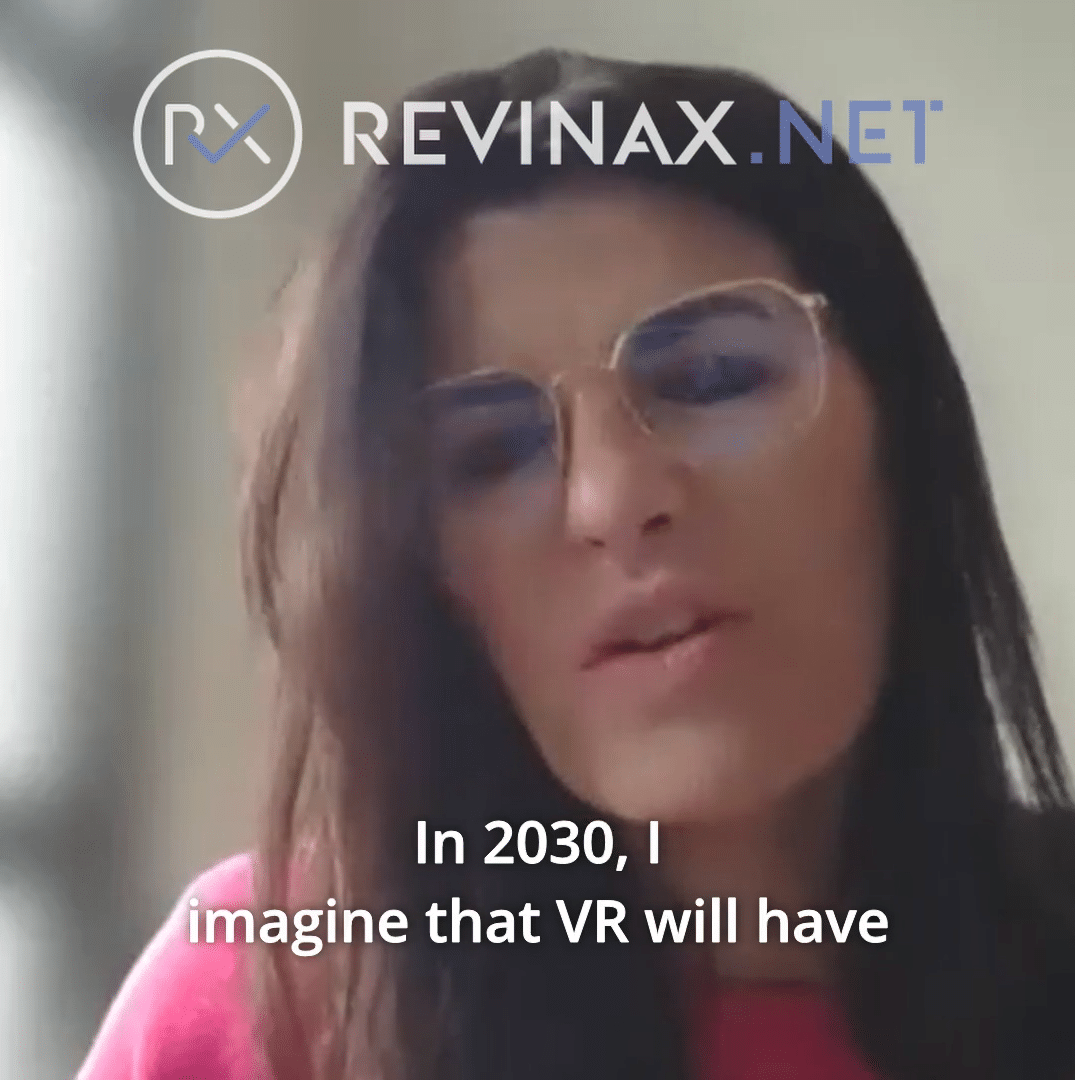We truly retain only what we experience: that is the scientifically proven theory guiding the content of each Revinax immersive tutorial, designed to optimize learning. Various virtual reality components are ingeniously combined within our training solution. It also offers a complete pedagogical solution: the use of interactive teaching and evaluation features reinforces the acquisition of each step and promotes analysis and assimilation.
This article explains how and why these features facilitate efficient and complete learning acquisition.
Tutorials enriched with different elements of VR
Each immersive Revinax tutorial is made up of key elements of virtual reality (VR):
180° video images with a first-person point of view
The 180° video capture the KOL’s* use of the medical device during a procedure is done in such a way that learners are convinced that it is they themselves who are performing the surgery. This is after adding 360° video context.
Synthetic images
Synthetic images allow learners to have different types of interactions. These images consist either of supplemental information presented alongside the video, or in a separate chapter. When a VR headset is used, learners merely have to lift their gaze and the video pauses. They can then concentrate on the options suggested by the synthetic images and their interactions with them.
Interactions reinforce the sensation of VR immersion
The importance of interaction to reinforce the immersive experience
Interaction is important in virtual reality because it reinforces the feeling of being immersed in the proposed environment. In fact, it is one of three criteria that allow a learner-friendly environment to be created in a virtual space:
- Presence: I’m here.
- Copresence: Other people are also present.
- Reification: I can interact with this environment.
The interactive functions of Revinax tutorials
First function:
- To select a point in the video using sequencing: dividing the procedure into chapters makes it much easier to orient oneself and fulfills the brain’s need to see the overall structure.
Second function:
- Supplemental data to help reinforce interactions. These data are 3D synthetic images that can rotate in space and be studied from different angles.
The constructivist approach, to reinforce acquisition of the right gestures
The “flight trainer” vs. “flight simulator” effect for better assimilation
Unlike complete surgical simulators, with learners seeing only the consequences of simulated errors, Revinax tutorials are designed as “flight trainers”: The idea is to isolate each gesture and propose a partial reproduction, deconstruct it, reproduce it, and perfect it, gradually, step-by-step. The objective is to understand the action and the consequences of the action.
Each micro-behavior is detailed, isolated, and well thought out. The idea is to go step-by-step, learning by imitation, taking time to assimilate and absorb the gesture.
The pedagogical motivation is to deconstruct the act to better absorb it. Just as a musician needs to practice each measure, each chord, each movement in order to master the final score, a surgeon needs to learn and master each movement, including its place in the procedure, to be able to master the surgery as a whole.
Emotional engagement is taken into account
Another advantage of this approach is that it doesn’t overlook the emotional engagement related to immersion in the first-person point of view, experienced by a surgeon operating.
The time spent on each gesture allows for complete assimilation, not only technical. To embody a gesture is to encompass both technical and soft skills into the same pedagogical goal.
Actions over the course of the procedure and possibilities for evaluation
Video sequencing
Users can check where they are in the procedure at any time and see what the next step is and what tools to use. Learners’ progress can be followed, to see where they are.
Possibilities for evaluation
- QCMs on the practice gestures allow the learner’s understanding to be verified.
- Scriptwriting and the decision tree: we make it possible to write a script for a surgery, filming several scenes with different endings. The decision tree lets you propose one scene or another based on the learner’s response. Questions and answers can be added at each key stage, following the person’s progress.
This allows you to analyze learners’ behavior, to debrief on different choices and their consequences and to see the choice made when faced with an action situation. The evaluations are designed to measure acquisition of both gestures and behaviors.
Blended learning: a complete pedagogical proposition
Classroom and instructional design
Revinax tutorials use available technology and tools to achieve a complete educational objective, accessible within a single environment inside the headset.
This classroom, which has a predefined instructional design, allows users to live an experience that is right in front of them, with the added benefit of chapter divisions, supplemental information at every turn, and all the learning materials they need.
A complete learning package
Learners are free to continue their own education, based on an overall approach:
- Do, but also learn,
- Practice and conceptualize,
- Both knowledge and soft skills.
Good professionals master their art because it embodies their practice. This is what they do. Our tutorials allow them to experience it.
*KOL: key opinion leader, a surgeon whose expertise is recognized by his or her peers.





